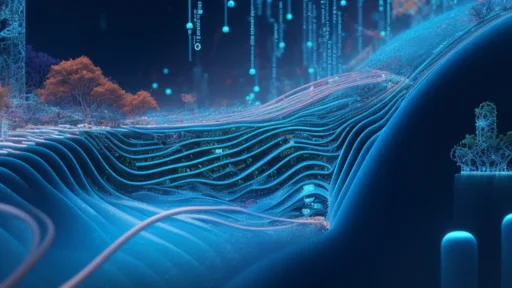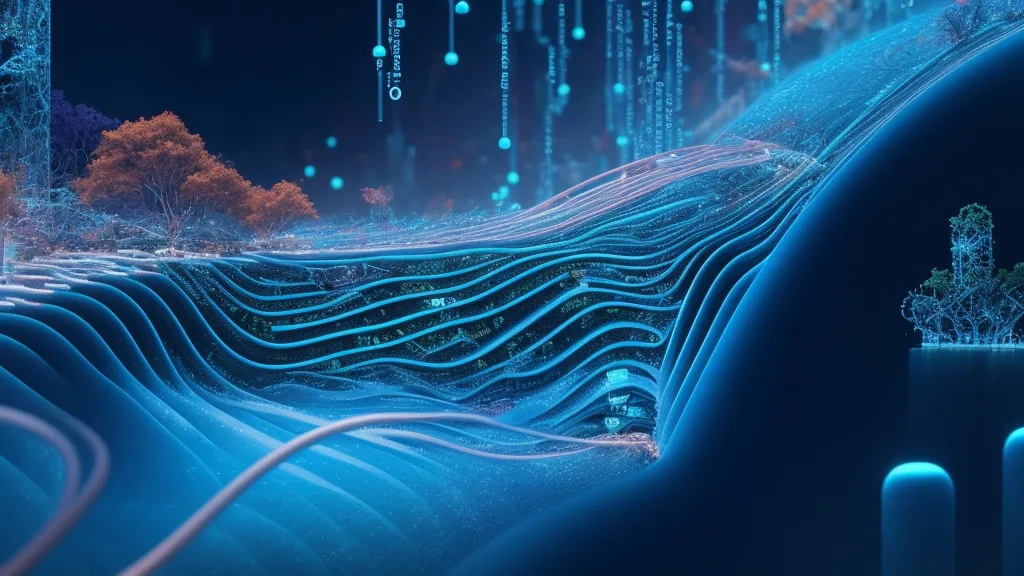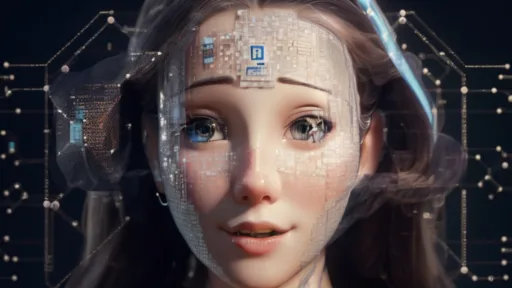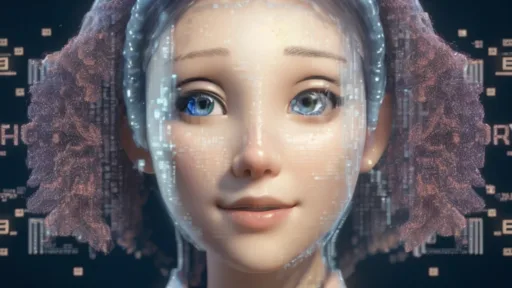What’s Deep Learning Algorithm?
Deep learning can be defined as the system of machine learning and artificial intelligence that imitates human conduct based on certain brain functions to make effective opinions. It’s a pivotal element in data wisdom, using data- driven ways under predictive modeling and statistics. Deep learning algorithms are designed to run through several layers of neural networks, which are sets of decision- making networkspre-trained to serve specific tasks. Traditional machine learning frequently struggles with large, complex datasets, while deep learning excels in these areas.
significance of Deep Learning
Deep learning algorithms can handle large processes for data, whether structured or unshaped. They need vast quantities of data to serve effectively. For illustration, Imagenet, a popular deep learning tool, has access to 14 million images in its dataset- driven algorithms. Deep learning algorithms progress through layers of neural networks, detecting low- position features like edges and pixels and forming holistic representations.
Despite their power, deep learning algorithms can struggle with simpler tasks and data- driven coffers, making them less effective for straightforward problems compared to direct or boosted tree models. still, they exceed in complex operations like image recognition and time series prognostications.
Types of Deep Learning Algorithms
Convolutional Neural Networks( CNNs)
CNNs, or ConvNets, correspond of several layers and are used for image processing and object discovery. Developed by Yann LeCun in 1998 as LeNet, CNNs have wide operations, including satellite image identification, medical image processing, and anomaly discovery. CNNs process data through multiple layers, rooting features via convolutional operations and generating results through layers like remedied Linear Unit( ReLU) and Pooling layers.
Long Short Term Memory Networks( LSTMs)
LSTMs are a type of intermittent Neural Networks( RNN) designed to learn and acclimatize for long- term dependences . They’re used in time series prognostications, speech recognition, medicinals, and music composition. LSTMs work by flashing back and streamlining certain cell- state values and generating affair widely.
intermittent Neural Networks( RNNs)
RNNs have directed connections forming cycles that allow the input from LSTMs to be used in the current phase. They’re used in image captioning, time series analysis, handwritten data recognition, and data restatement. RNNs work by feeding former labors as inputs for posterior way, storing historical information without adding input size.
Generative inimical Networks( GANs)
GANs induce new data cases that match training data, conforming of a creator and a discriminator. GANs are used in operations like astronomical image explanation, videotape game plates improvement, and realistic character picture. They work by generating fake data and refining it through feedback from the discriminator.
Radial Basis Function Networks( RBFNs)
RBFNs are a type of neural network using radial functions as activation functions, applied in time- series vaticination, retrogression testing, and classification. They measure similarities in training data and use layers for input, hidden processing, and output.
Multilayer Perceptrons( MLPs)
MLPs are the foundation of deep learning, consisting of feed-forward neural networks with multiple perceptron layers. Used for image and speech recognition, MLPs process data through connected input, hidden, and output layers, employing activation functions like tanh, sigmoid, and ReLUs.
Self Organizing Maps( SOMs)
SOMs, invented by Teuvo Kohenen, visualize high- dimensional data through self- organizing neural networks. They work by initializing knot weights, selecting arbitrary vectors from training data, and iteratively refining knot weights relative to Best Matching Units( BMU).
Deep Belief Networks( DBNs)
DBNs are generative models with multiple layers of idle variables, used in video and image recognition. They employ Greedy algorithms for subcaste- by- subcaste literacy, using Gibbs slice and ancestral slice for data processing.
confined Boltzmann Machines( RBMs)
RBMs, developed by Geoffrey Hinton, are stochastic neural networks used in dimension reduction, retrogression, bracket, and content modeling. They consist of visible and retired layers connected by bias units and work through forward and backward passes to reconstruct input data.
Autoencoders
Autoencoders are specialized neural networks designed for unsupervised learning, replicating data by transubstantiating inputs into representations and reconstructing them. They’re used in pharmaceutical discovery, image processing, and population prediction, conforming of encoder, law, and decoder factors.
Summary
Deep learning changes the landscape of machine learning by creating intelligent software that functions like the human brain. We explored colorful deep literacy algorithms, their structures, and operations. Understanding these algorithms is crucial for aspiring deep learning engineers before advancing in artificial intelligence.





